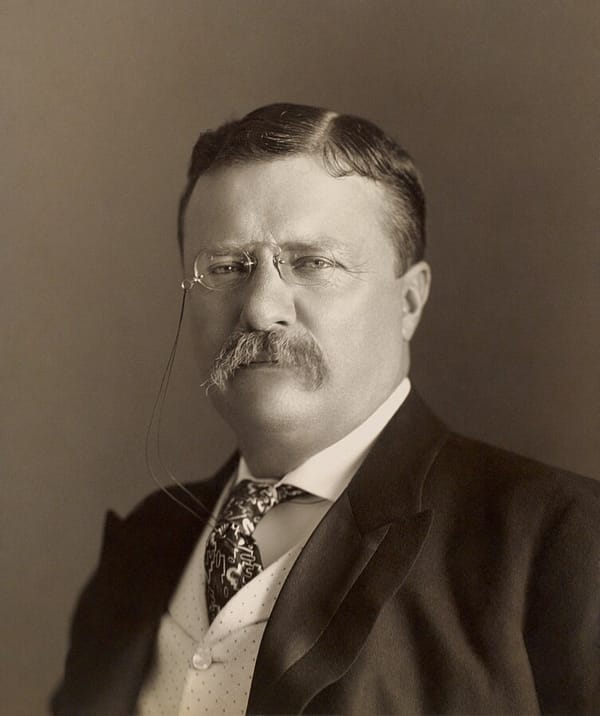Geological Oceanography

Geological Oceanography is the study of the shape and the geological features of the ocean floor.
The Basins
Ocean basins are vast areas of water that cover almost three-quarters of Earth’s surface and contain the majority of all water on the planet. There are four basins, the Pacific, The Atlantic, the Indian, and the Arctic.
The Pacific basin contains about half of the earth’s water and has the greatest surface area of all the ocean basins. Some geological features that are unique to the Pacific basin are:
- The Pacific Ring of Fire is a 40,000-kilometer (24,900-mile) horseshoe-shaped zone of intense seismic and volcanic activity that stretches from the southern tip of South America to New Zealand.
- The Great Barrier Reef is the world’s largest coral reef system, located off the coast of Queensland, Australia. It stretches for over 2,300 kilometers.
- The Mariana Trench is the deepest oceanic trench on Earth, located in the western Pacific Ocean, reaching a maximum depth of 11 kilometers.
The Atlantic basin is the second-largest ocean basin with a surface area of 106.4 × 106 km2 and an average depth of 3,926 meters (12,881 feet).
- The Mid-Atlantic Ridge is a submerged mountain range that extends from Iceland down to about 58°S Latitude.
- The South Sandwich Trench is a deep trench located in the South Atlantic Ocean. It is the deepest trench in the South Atlantic Ocean and the second-deepest in the Atlantic Ocean, after the Puerto Rico Trench.
- The Romanche Furrow, also known as the Romanche Trench or Romanche Gap, is the third-deepest of the major trenches in the Atlantic Ocean, reaching a maximum depth of 25,453 feet. Furrows are different than Trenches because trenches are formed from convergent boundaries while trenches are formed from transform boundaries.
- The Bermuda Triangle, also known as the Devil’s Triangle, is a region in the western part of the North Atlantic Ocean where, according to an urban legend, a number of aircraft and ships are said to have mysteriously disappeared under unknown circumstances.
- The Gulf Stream is a warm and swift Atlantic Ocean current that originates in the Gulf of Mexico and flows through the Straits of Florida and up the eastern coastline of the United States.
The Indian basin covers about 20% of the Earth’s water surface and has an average depth of 3,963 meters and a surface area of 74 × 106 km2.
- The Red Sea is a narrow strip of water extending southeastward from Suez in Egypt for approximately 1,200 miles (1,930 km) to the Bab el-Mandeb Strait, which connects the Gulf of Aden and the Arabian Sea.
- The Persian Gulf is a shallow marginal sea of the Indian Ocean, covering an area of approximately 251,000 square kilometers (96,912 sq mi).
- The Java trench is the deepest point in the Indian Ocean, reaching a maximum of 7,290 meters deep.
The Arctic basin is the shallowest of the four basins, with an average depth of 1,205 meters (3,953 ft). The deepest point in the Arctic Ocean is the Eurasia Basin.
Geological Features of the Ocean Floor
Listed below are some geological features of the ocean floor:
The continental shelf is the extended end of a continent, transitioning from the land to the ocean floor. Following this is the continental slope, a gradual incline that marks the outer edge of the continental shelf.
The abyssal plains are vast, flat areas of the sea floor formed by sediments settling on the ocean floor.
Seamounts are underwater volcanic peaks, and guyots are their flat-topped counterparts.
A subduction zone is a region where old ocean floor slides beneath another plate and is reabsorbed into the Earth's mantle. This process forms oceanic trenches, which are deep chasms in the subduction zones. The most famous trench is the Mariana Trench in the Pacific Ocean.
Island arcs are chains of seamounts and volcanic islands, often curving near oceanic trenches.
Mid-ocean ridges, like The Mid-Atlantic Ridge, found in all ocean basins, are areas where new ocean floor is created through the process of sea floor spreading, where the uppermost plates move apart and hot magma forms new crust.
The Earth's Crust and Tectonics
The inner layer of the earth is called the inner core, which consists of mainly iron, nickel, silicon, and sulfur. The inner core is around 31.5% of the earth's mass and remains solid even though it is under extreme heat and pressure. Outside the inner core is the Outer core, a viscous liquid layer.
The mantle, a layer of viscous liquid that is 30 – 2900 km beneath the crust of the earth. The mantle is around 68% of the earth's mass. The crust is a thin layer of solid that takes up around 0.4% of the earth's mass.
Slabs, or plates, of the crust float over the mantle which, due to its heat, moves them around through something called continental shift. There are 10 major plates that, some scientists believe, used to be Pangaea, a supercontinent:
- African
- Antarctic
- Australian
- Eurasian
- North American
- South American
- Pacific
- Cocos
- Nazca
- Indian plates.
Each of these plates has boundaries with each other that can either be convergent, divergent or transform boundaries. Convergent boundaries come together forming trenches; the divergent boundaries go away from each other forming ridges, and the transform boundaries slide past each other and cause volcanic activity and earthquakes.
Sediment
A sediment is any loose material that can be transported by a liquid to the ocean, where if sinks to the bottom on the ocean floor.
In the ocean the sediment is composed of organic and inorganic matter from the weathering and erosion of rocks, the activity of living organisms, from volcanic eruptions, from space, or from the chemical processes within the ocean itself.
Here is a table of the different types of sediments and examples of them.

The terrigenous sediments go through a cycle:
- Erosion breaks down the ground and the sediment is created.
- The sediment is taken to the ocean by water and wind.
- The sediment becomes a part of the ocean floor.
- The sediment on the ocean floor can get back to dry land, through the movement of tectonic plates, that results in the formation of an underwater ridge or the formation of an island.




